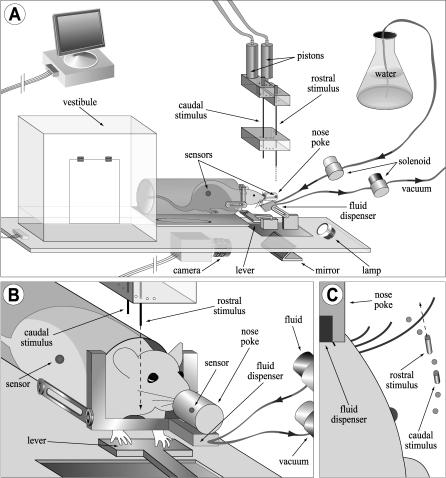Figure 2. Apparatus for Behavioral Testing and Training.
(A) View of training arena. Animals were placed in the vestibule at the start of a session, and their position was monitored through infrared sensors. The U-shaped restraint bar blocked the tunnel while allowing access to the operant lever and nose poke. Discrimination trials started when an animal interrupted the nose poke sensor, causing either the rostral or caudal stimulus pin to descend into the vibrissa field. The stimuli were translated by air-driven pistons and positioned through a circular guide fixed relative to the nose poke (supporting parts omitted for clarity; see Figure S4). Lever presses in response to the S+ stimulus, either rostral or caudal for each animal, were rewarded with a drop of water in the fluid dispenser. Any remaining fluid was withdrawn by vacuum at the end of the trial. An infrared lamp provided backlit contrast of the head and vibrissa for the camera recording the ventral view shown in (C). The entire arena was enclosed in a darkened, sound-attenuated chamber (not shown).
(B) Detail of stimulus area from (A).
(C) View of stimulus area from (A), as seen by the camera. The nose poke allowed reproducible positioning of the stimuli in head-centered coordinates (see also Figures 6A, 6B, 6D, 6E, and S1).
[Original artwork: Jenny Groisman]

